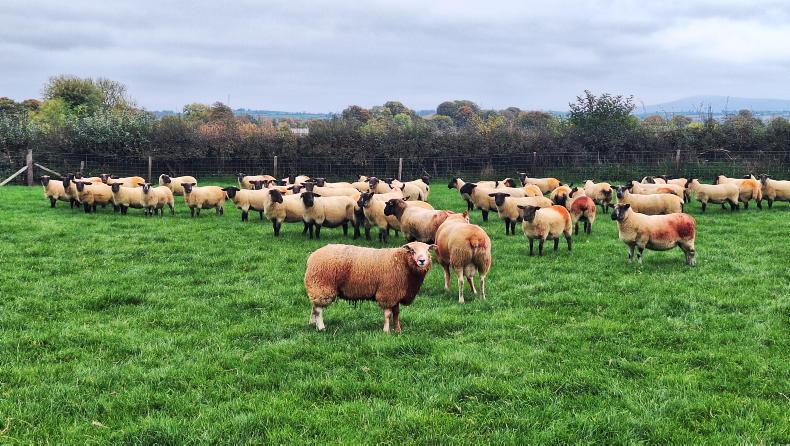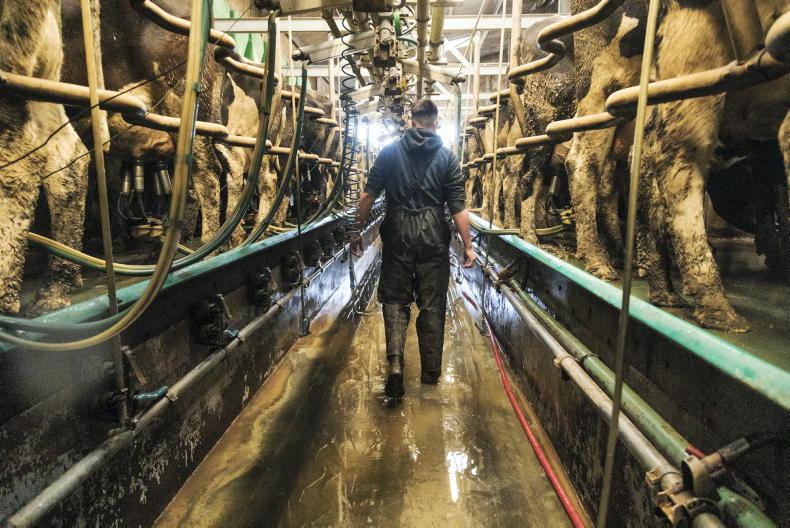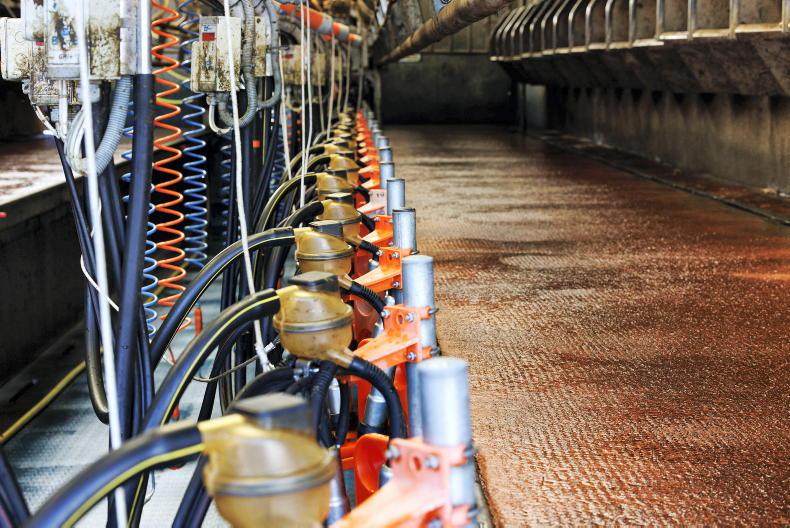Ornua is forecasting upward milk price movement in 2024, with the co-op seeing potential in dairy markets to deliver prices nearing the 40c/l mark.
Prices may even exceed 40c/l, as international markets show signs of rebounding out of a period of downward price pressure on dairy, according to Ornua’s global ingredients managing director Bernard Condon.
Any prices announced by co-ops for October’s deliveries have remained in the low-30s, with little price movement since August and September.
Condon was speaking at the Irish Farmers Journal Dairy Day at Páirc Uí Chaoimh in Cork on Thursday.
Budget time
“We are in budget time at the moment now, so everyone is thinking about 2024. We did our budgets initially back in August in terms of the pricing that fed into our budgets. At that stage, we looked at the futures at that point in time and they were throwing out milk price in the high-30s,” he said.
“In truth since then, markets have probably firmed, certainly futures have firmed further.
“Obviously, the challenge for our co-ops, particularly the decline in milk in Q4, is that they don’t have any product to sell into the market currently and won’t have any product for the next four or five months.
“But, fingers crossed, if current prices hold and if even half the futures hold through, we could be getting back to the high 30s and please god something with a 40."
Demand sensitive
The Ornua ingredients chief explained that the impact of consumer demand for dairy on milk prices was particularly apparent in 2023.
Strong farmer prices coming out of 2022 hit shelf prices, dampening demand in both wealthy and developing markets.
"Certainly, when we went up to the 50c, 60c when that was translated into [consumer] prices, not only do we burn off demand in developing markets, we actulally burned off demand in very wealthy markets as well," Condon commented.
Input costs weaning
On input costs, Dairygold chair Seán O’Brien stated that the prices paid by farmers for key farm inputs, such as fertiliser and feed, are likely to subside over the coming 12 months.
However, he warned that there are no indications that input costs are not on their way to returning to 2021’s levels.
“What we are looking for this year is to see fertiliser come back, feed has come back, energy prices will be back, but they will not be back to where they were in 2021,” O’Brien said.
“2021 in relative terms was actually quite a good year, 2022 a record and 2023 very, very difficult. If we can get back close to 2021 for 2024, at least we are going in the right direction.”










SHARING OPTIONS